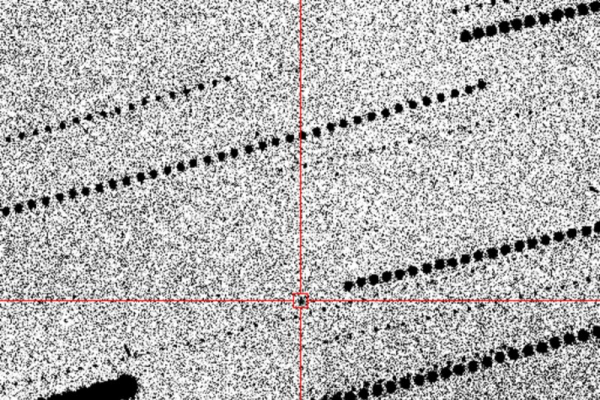
(Image credit: Paper Boat Creative/Getty Images)
A Japanese researcher has demonstrated how the human body can function like a computer to process information and solve complex problems.
This significant breakthrough was made possible because human tissues have properties that are useful for computation, known as “reservoir computing,” said study author Yo Kobayashi, an associate professor in the Department of Mechanical and Bioengineering at Osaka University, in a new study published March 20 in the journal IEEE Access.
In reservoir computing, input data is fed into a system made up of multiple “nodes” or “measurements” (the reservoir), and then interpreted to extract key data or predict future outcomes. While the reservoir is most often a digital system, other physical systems can also be used.
To demonstrate the possibility of using human tissue for computing, the researcher asked participants to bend their wrists at different angles.
He then used ultrasound to visualize the resulting deformation in the muscles. From this data, he created a computer model of a physical reservoir that successfully simulated nonlinear dynamic systems in benchmark testing.
This is achieved by using the strain field in the muscle to represent the state of the reservoir. Nonlinearity—the fact that the input does not affect the nodes in the reservoir in a straight line—allows input signals to be mapped to a multidimensional state space, making it easier to perform complex calculations. In this case, the input is a wrist angle signal pattern.
“One possible application of this technology is wearable devices,” Kobayashi said in a commentary. “In the future, it may be possible to use our own tissue as a convenient computing resource. Since soft tissue is present throughout the body, a wearable device can delegate computation to the tissue, improving its performance.”
He also suggested that the process could be used in medical devices and life support systems, as well as other human-machine interaction technologies, using human tissue as additional processing resources.
Calculations in a bucket of water
One common way to explain how reservoir computing works is the “bucket of water” method. In this context, a series of water tanks arranged in a grid or other pattern make up a reservoir, with pipes of varying widths connecting them nonlinearly. This means that water does not flow in a straight line from one tank to another. Instead, adding water or disturbances to the system can change the water level in all the tanks, or water can leave one tank and then be reintroduced later as a result of a single input.
Input data is displayed throughout the system as water levels that fluctuate in different reservoirs and change dynamically over time. Reservoir state is recorded over time by measuring the water level in each reservoir, and a learning computer layer then reads and interprets the results.
The reservoir is responsible for “distorting” or “mixing” the input signal in a variety of different nonlinear ways, creating a diverse set of time responses. The reservoir does not, in fact, “solve” nonlinear equations in the traditional numerical sense. Instead, it learns to simulate the input-output behavior of a system governed by those equations. The nonlinearities within the reservoir allow it to capture and represent the nonlinear relationships that exist in the input data and the underlying dynamics of the system.
Human tissues can act as reservoirs because they share some properties with water reservoirs. First, they have nonlinear properties, especially stress-strain nonlinearity, which means that the relationship between the stress applied to the tissue and the resulting deformation is not straightforward. They are also viscoelastic, which means that they have both elastic (like a rubber band) and viscous (like a thick liquid) properties when deformed—in other words, they have a physical “memory” of their past deformation and can store information.
In addition to the above applications, reservoir computing has shown promising results in predicting chaotic systems such as
Sourse: www.livescience.com





